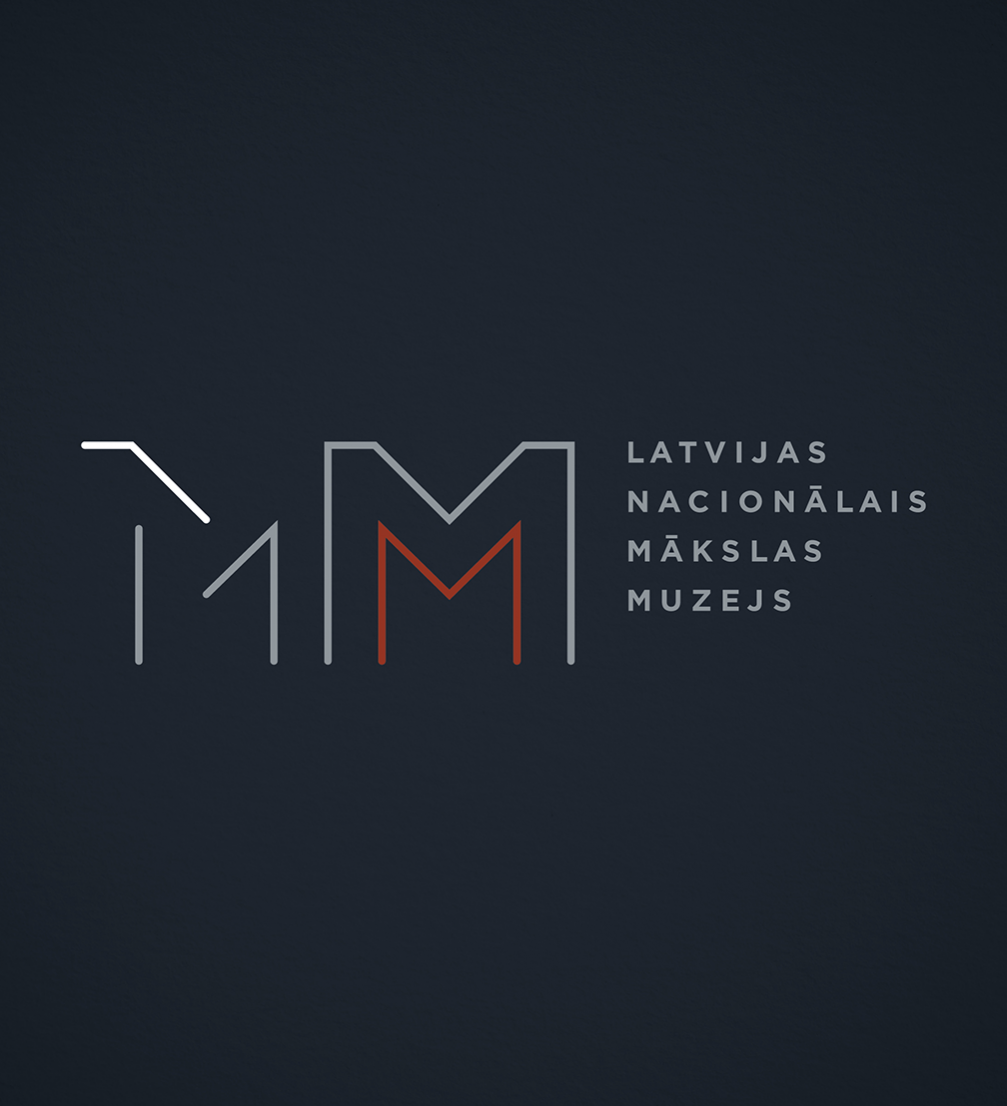
As the extensive renovation of the main building of the Latvian National Museum of Art has been completed, the museum has acquired a new visual identity. The graphic sign is designed to reflect the brand’s essence — enlightening and revelation. The rebranding meant focusing on fundamental issues and reassessing the Latvian art in the local and global context. Author of the new design Maija Rozenfelde and Head of the LNMA Communication Department Anna Balandina comment on the rebranding.
The main building of the Latvian National Museum of Art (LNMA) and the Arsenāls exhibition hall have been rebranded, with the main objective to deliver an even clearer, deeper and more personal exchange with museum’s visitors. «It was a very responsible task, and before the design took shape a lot of strategic work was carried out together with «MATKA tribe» — we examined LNMM values, history and future vision and then created the brand content. Work progressed with the participation of museum workers, as well as architects, urban planners, artists and people involved in business and tourism in Latvia and abroad,» explains the Head of LNMM Communication Department Anna Balandina and emphasises that the ambition is to highlight the museum not only on a local scale, but also on an international level.
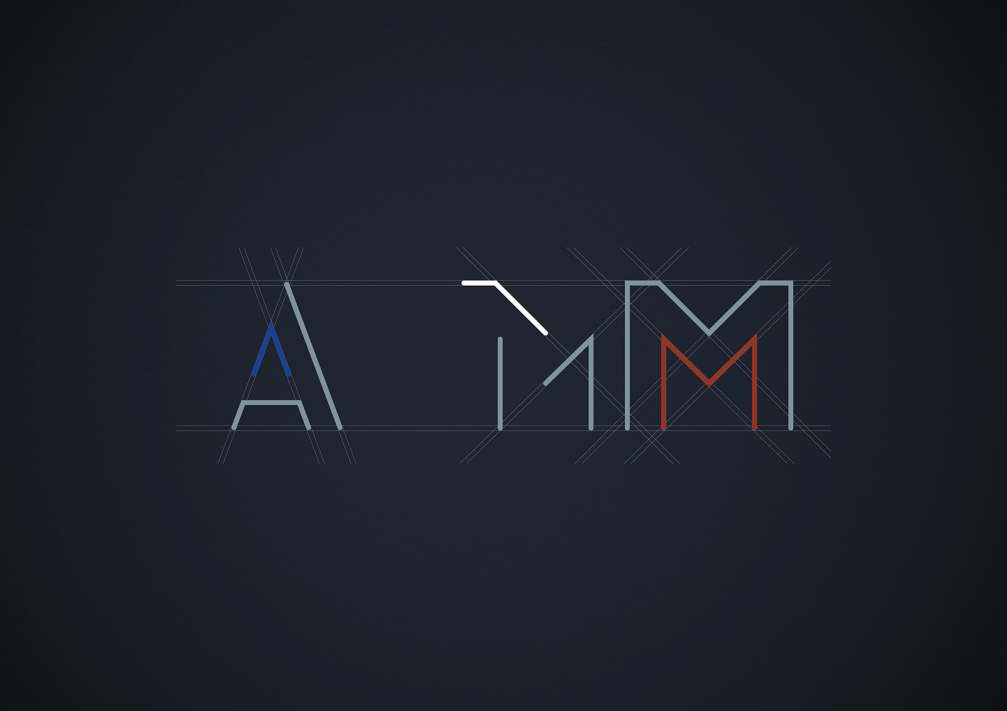
Putting art in the limelight
In the core of the new visual identity is the process of illumination, a play with the hidden and the obvious. That includes the multidimensional nature of art itself, secretive nature of the museum, things that are visible to the visitors and those that remain behind the scenes. «In search for different ways how to give form to something as intangible as light, the MM–letter code appeared, which is a gradually illuminated outline of the letters. It is the story of the evolution of the artist’s talent, the creation of the artwork and also the viewer’s experience. The sign demonstrates both subtlety and stability of the museum, a modern approach playing with a classic image of the letters. And the graphical pattern illustrates the dynamics of the museum,» explains Maija Rozenfelde, graphic designer and the author of the new visual identity of the LNMA and the Arsenāls exhibition hall.
Although after the reconstruction the museum’s historical building got a second wind, its eclectic style and external appearance was not the main source of inspiration for Maija. More significant are the contents of the museum. The main letters for the logos are fonts of Gotham family: «It is a modern, clean and geometrical font. At the same time it is universal and versatile, able to create a dynamic museum identity that would live on in times to come. No less important component is the colour. The idea of the graphical sign is reflected most accurately in the dark version of the design, where the grey and accent tones shine through. The choice of specific colours was inspired by the classical colour pigments — red ochre for the MM sign, relating to its historical heritage, while cobalt blue for Arsenāls is more contemporary and fresh,» Maija shares the details of the process. She emphasises that during creation of the LNMA brand it was important to keep in mind that this identity is going to be a messenger. Visual elements are not blatant or as an end in itself, because their task is to highlight the essential — the artworks.
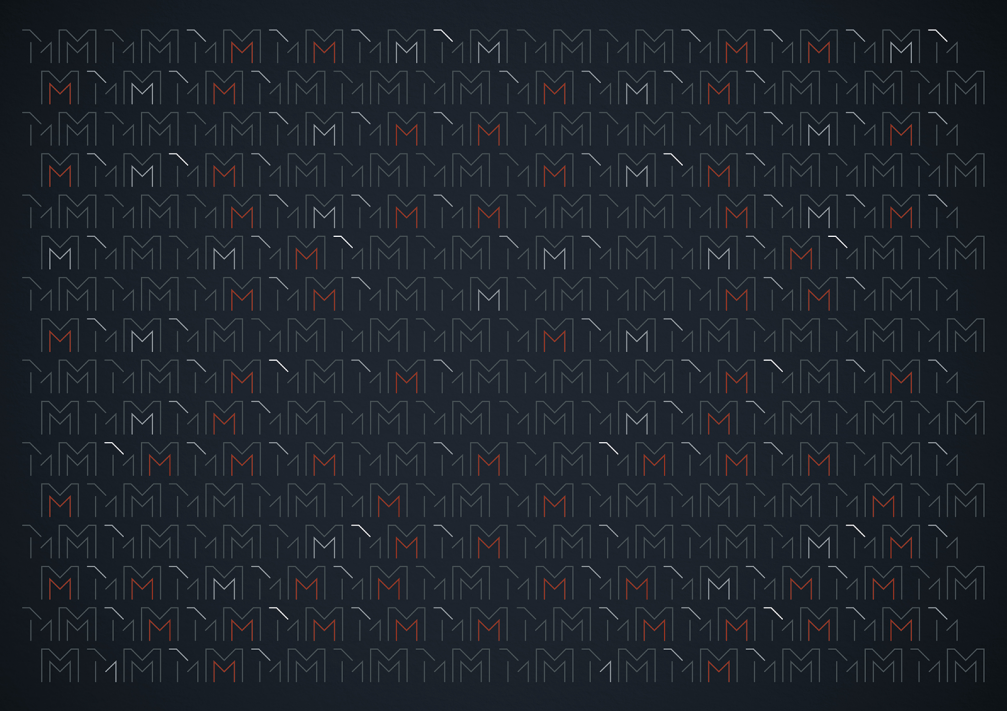
Not only a new logo
The transition of the LNMA and the Arsenāls exhibition hall to the new brand appearance will be steady — the new website will become available in January 2016, and gradually the new identity will be used everywhere else. Head of the Communication Department Anna Balandina says that the changes will not end with the museum’s visual image. Visitors will be welcome in the new underground exhibition halls in the annex and part of the loft in the historical building. The permanent exhibition has been restored and the repository has been made partially accessible. The museum will be more open to the public both in terms of facilities and communication: «The museum will be accessible for families with prams and visitors in wheelchairs, there will be free wi–fi, new seating areas in the permanent exhibition halls, children’s activity room, café, souvenir shop and conference hall.» Cooperation with creative industries is going to continue as well — experience has shown that it attracts new audiences and improves the museum’s services.
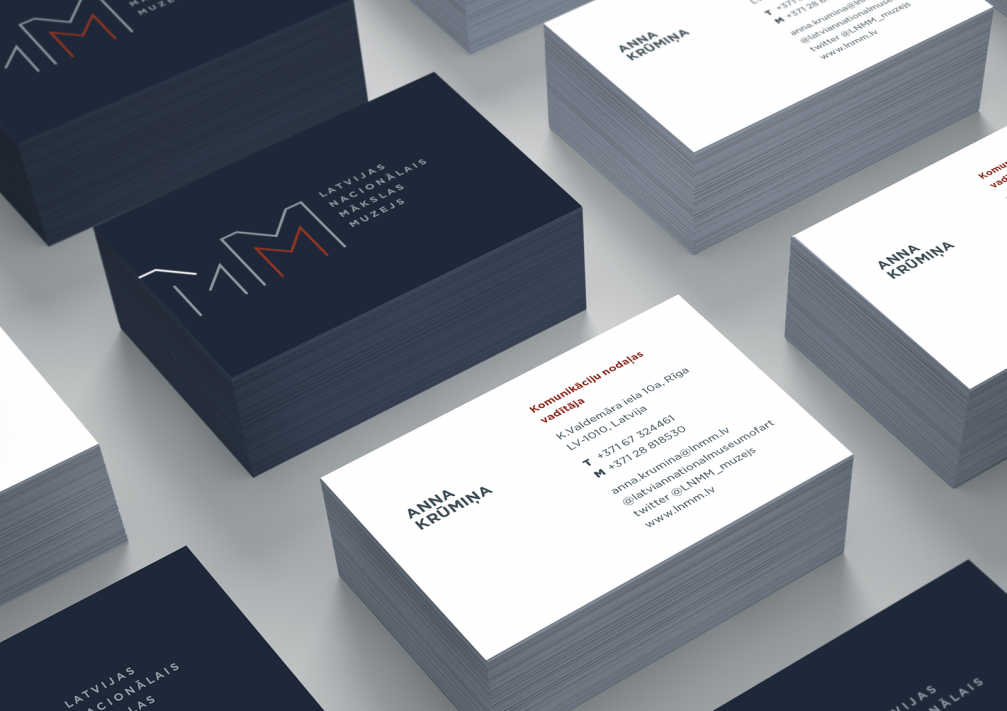
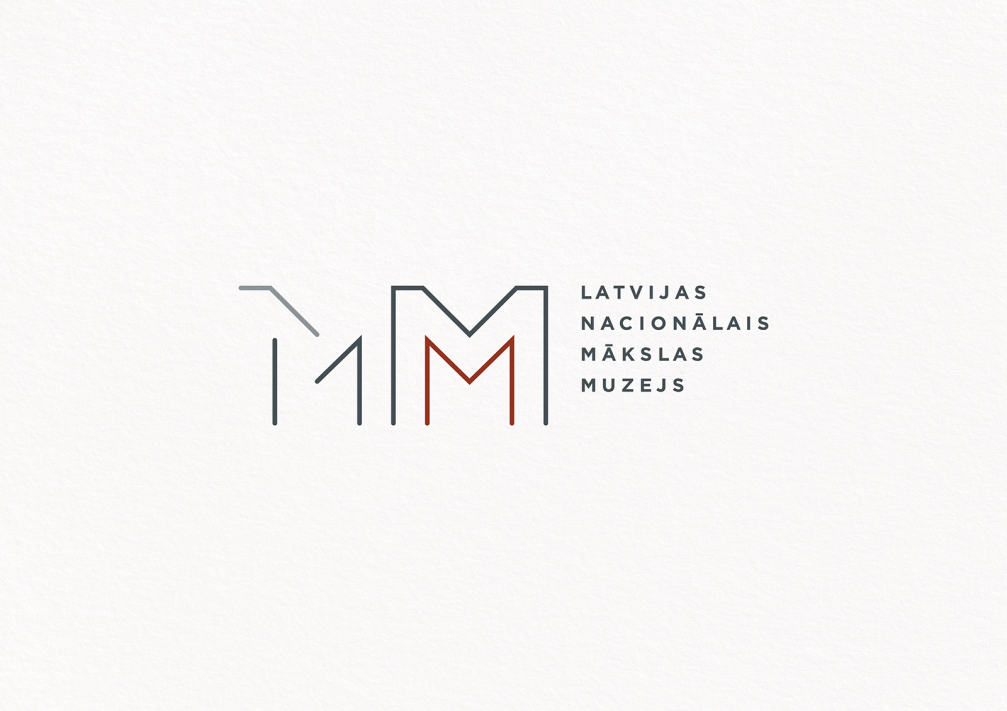
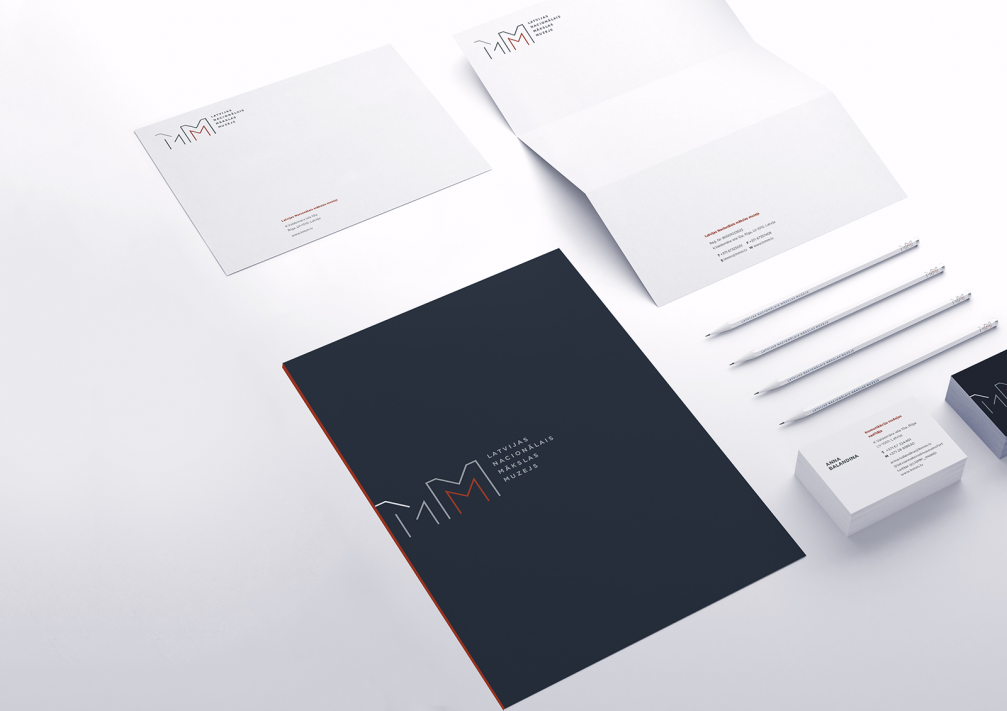
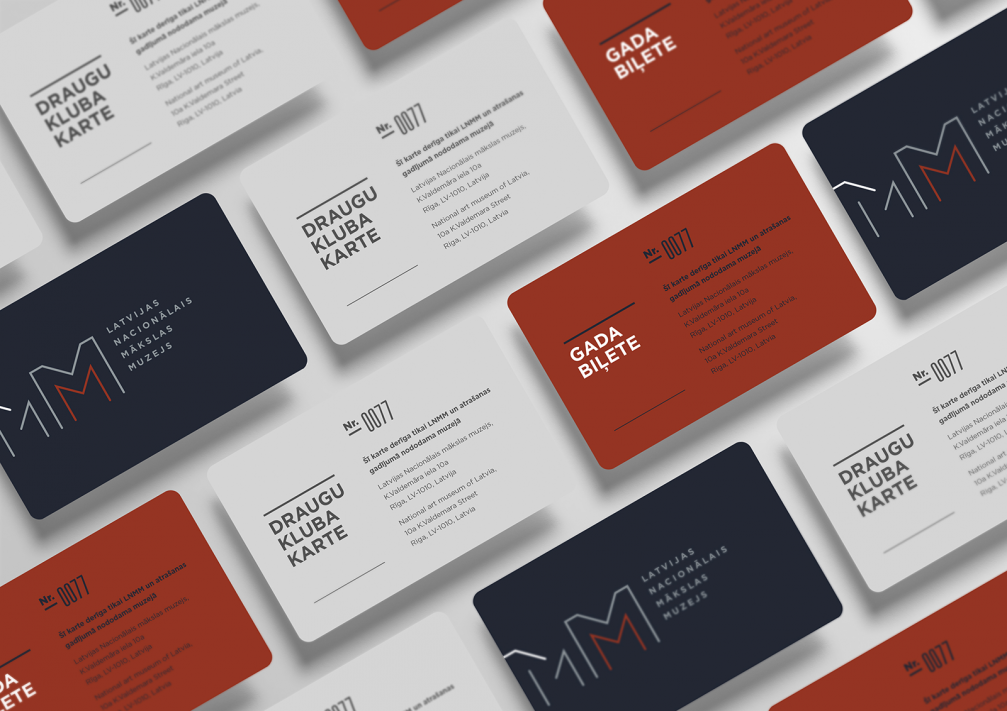
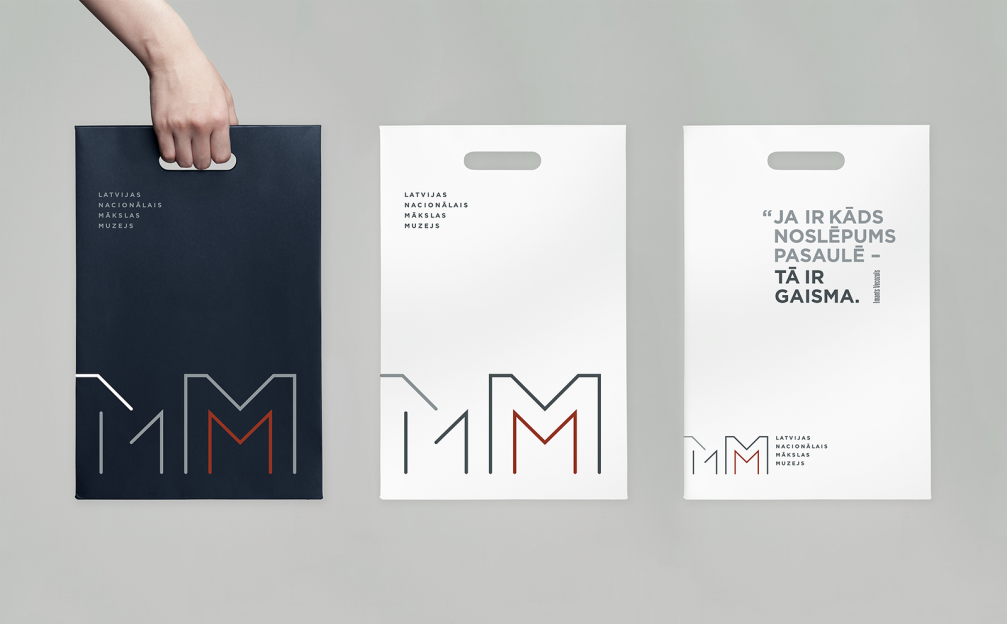
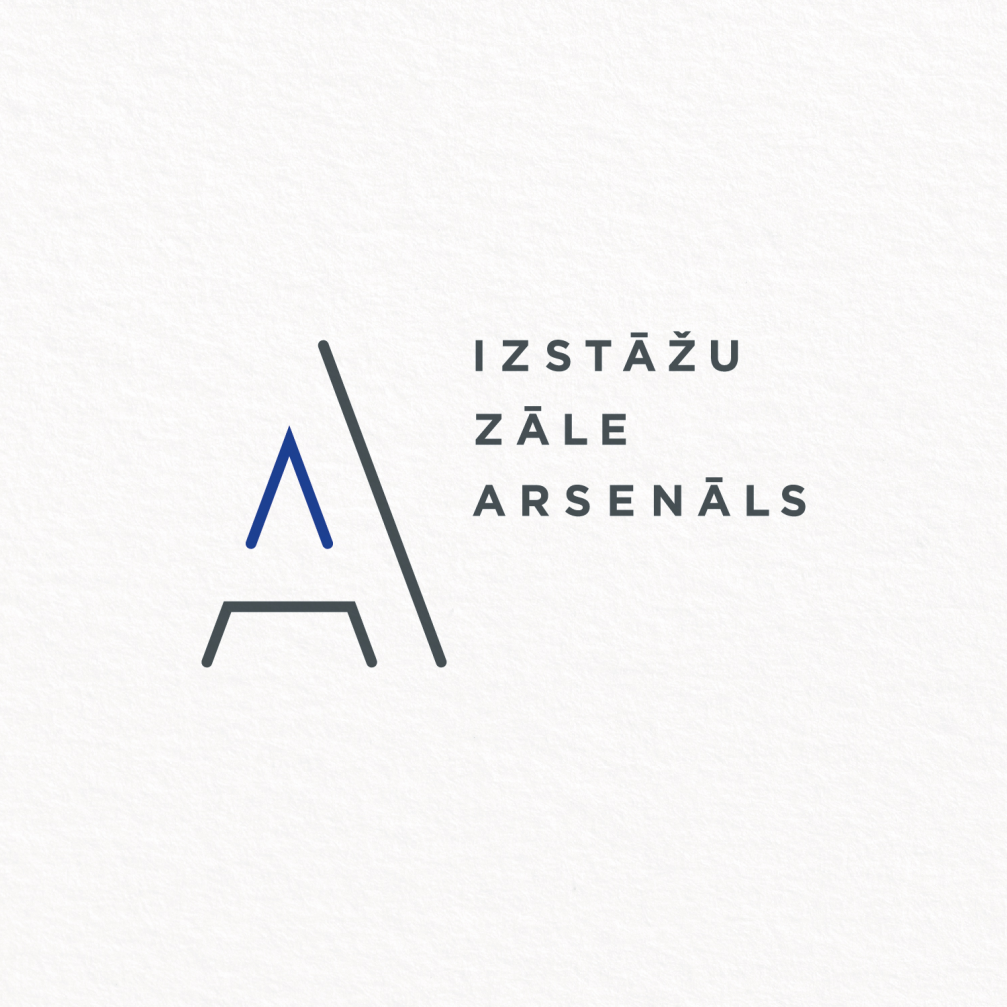
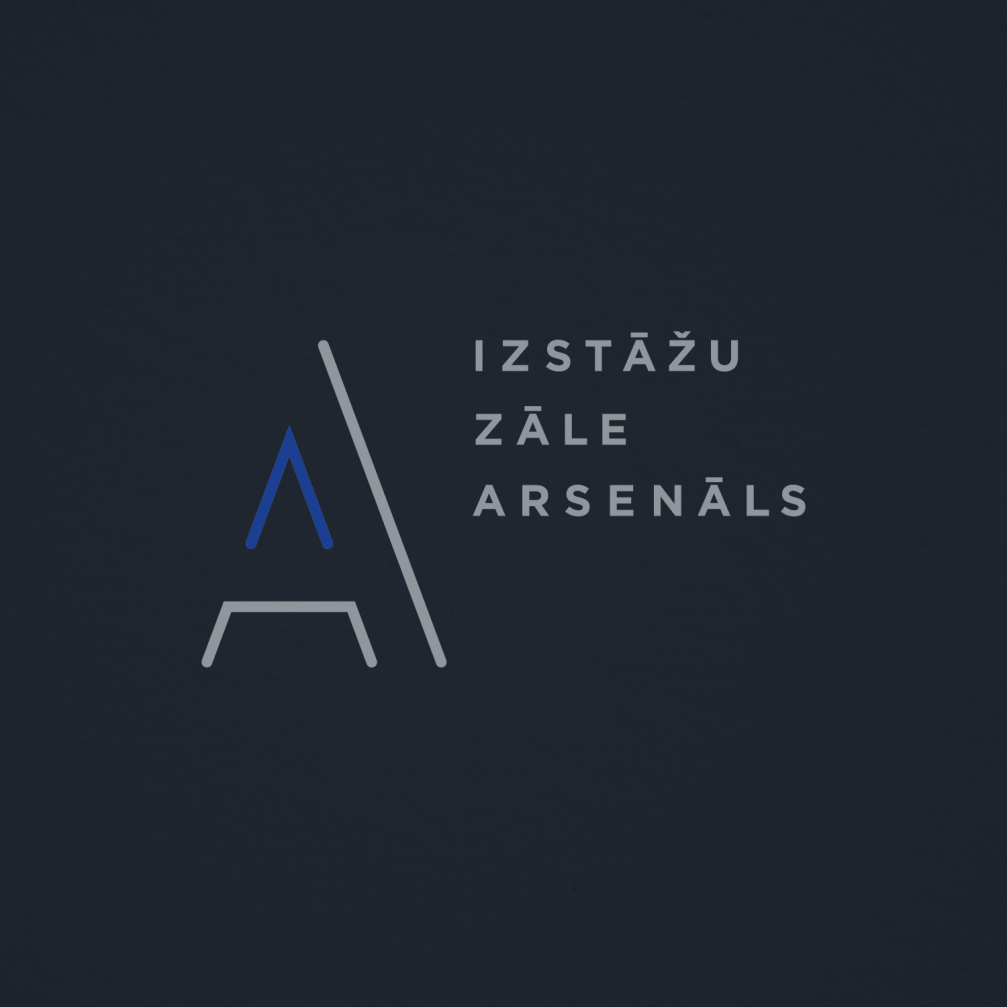
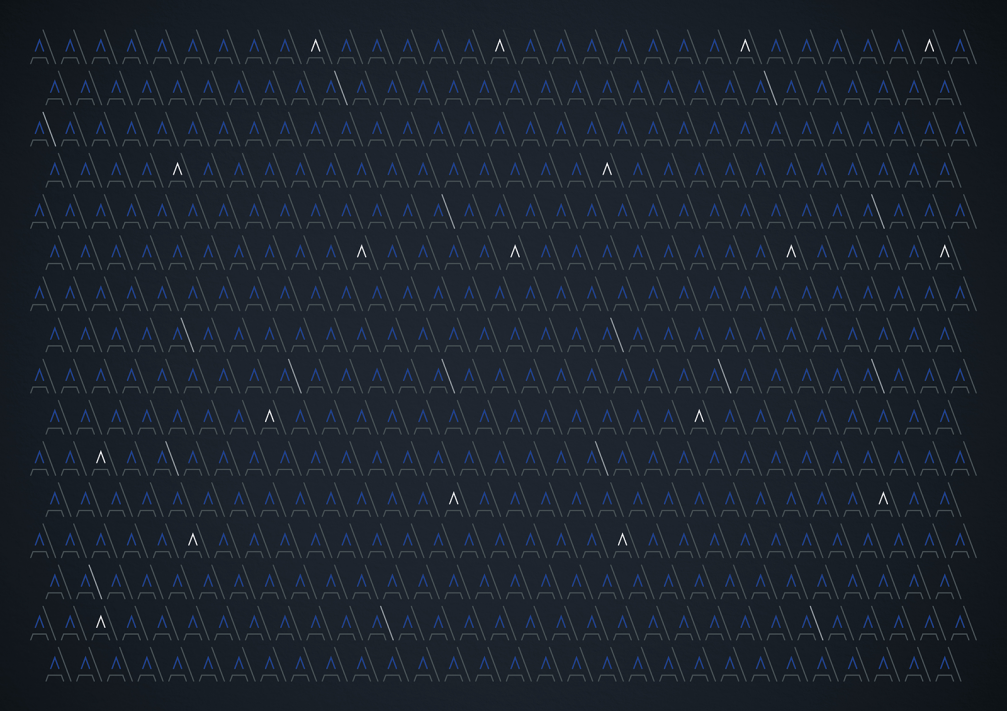
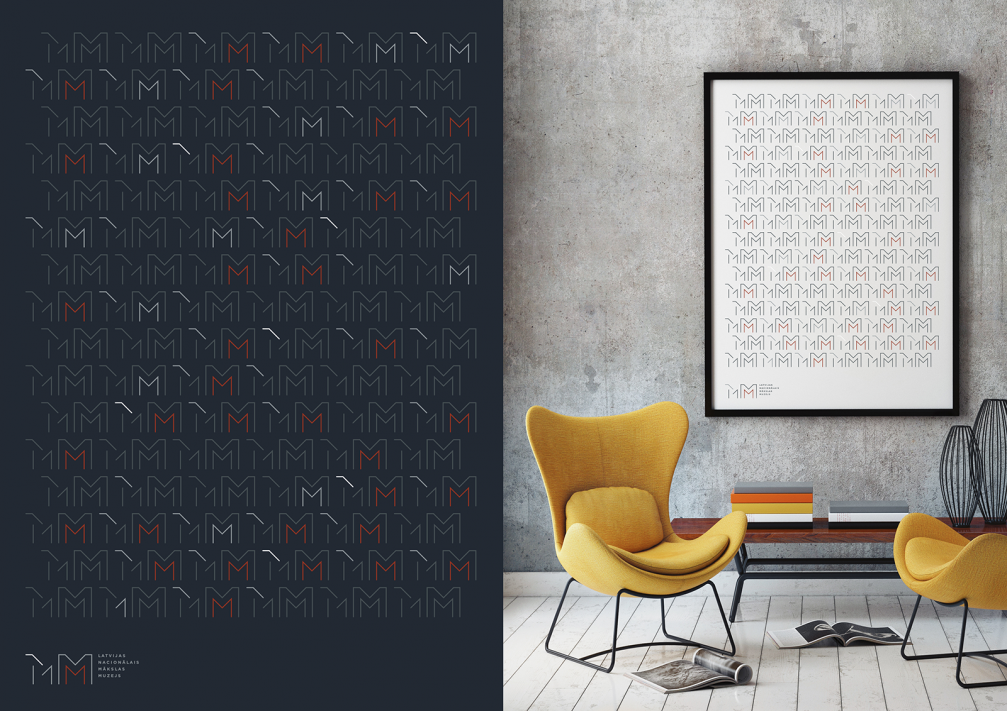

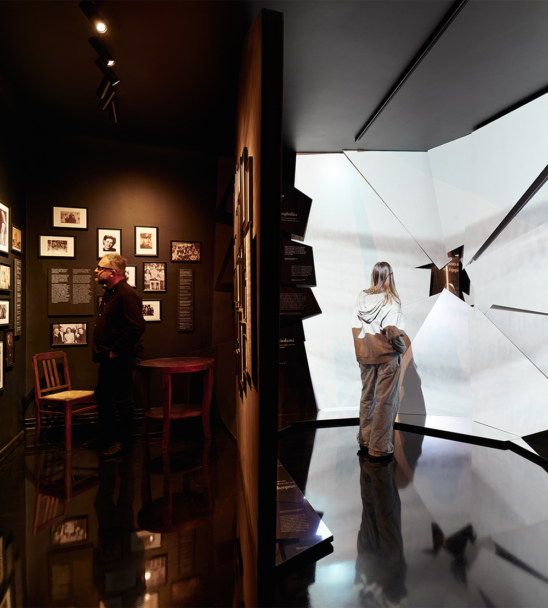
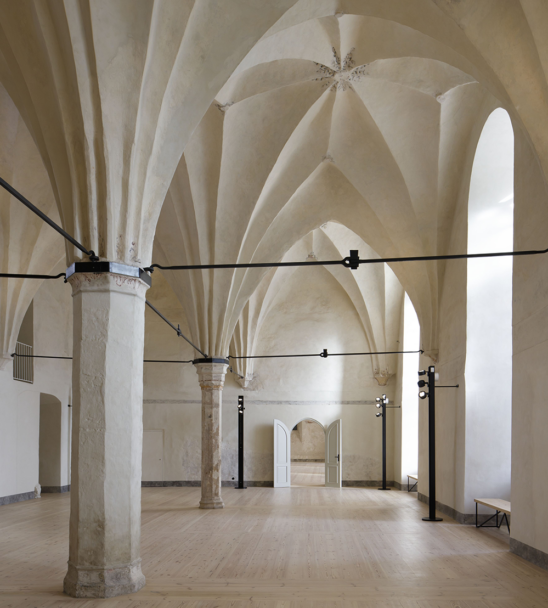
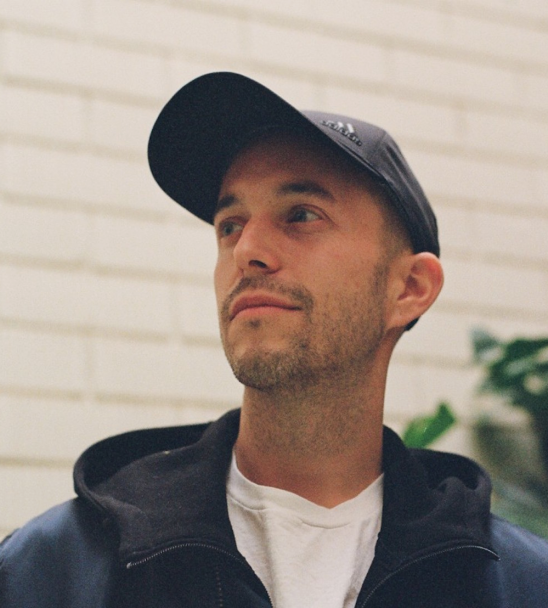
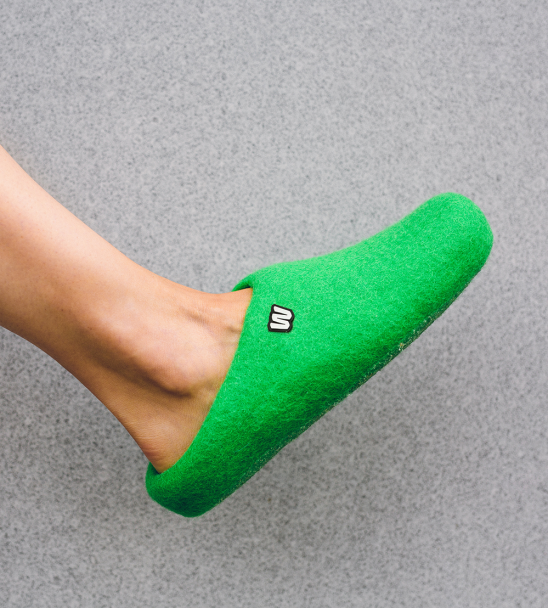
Viedokļi